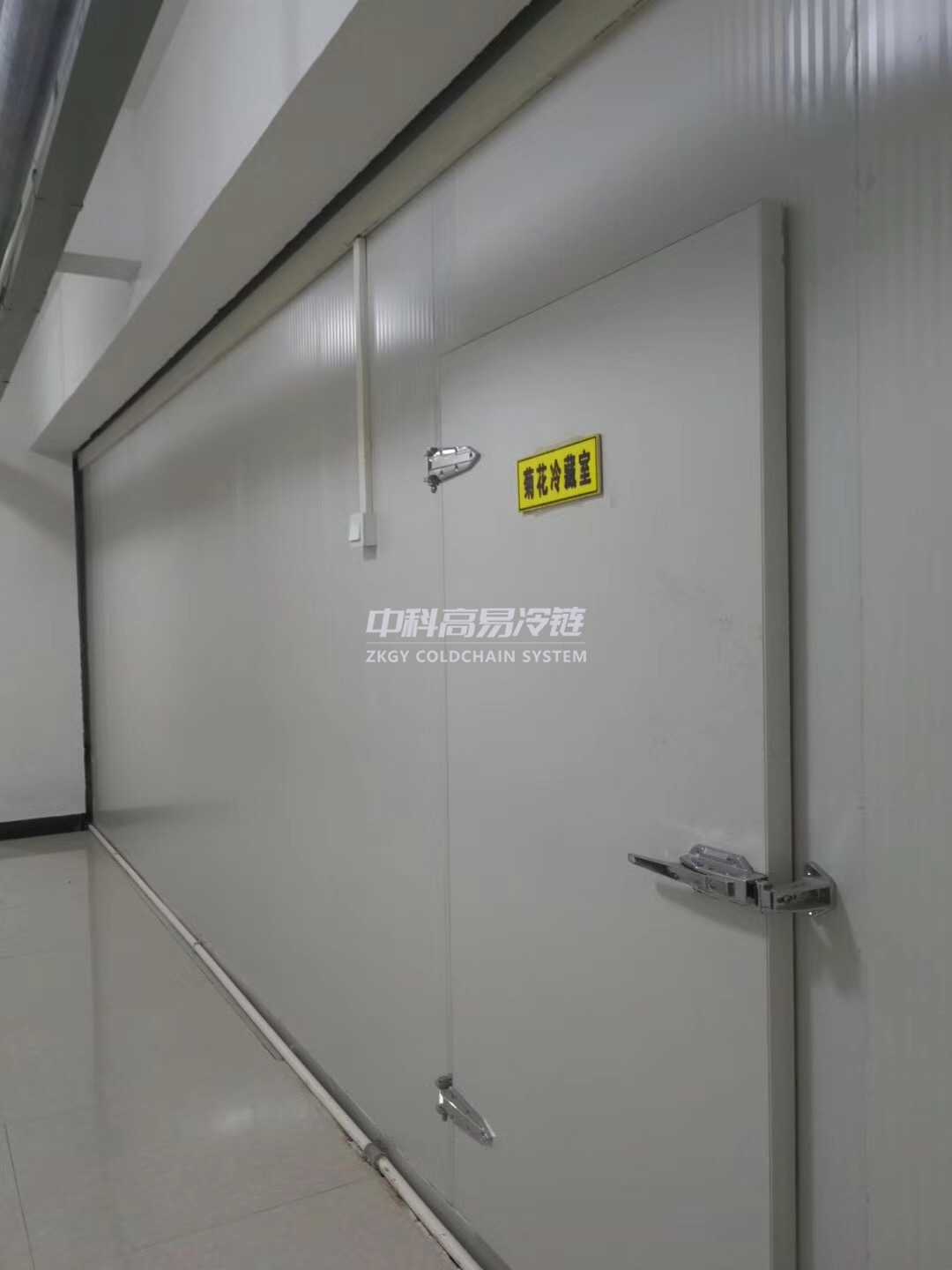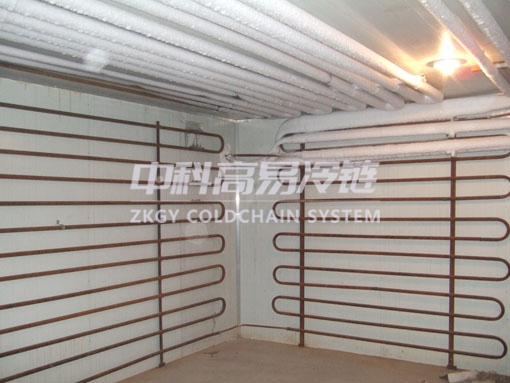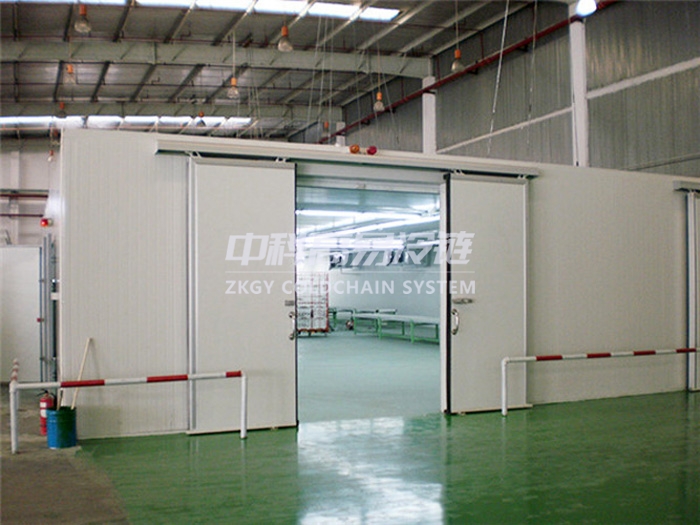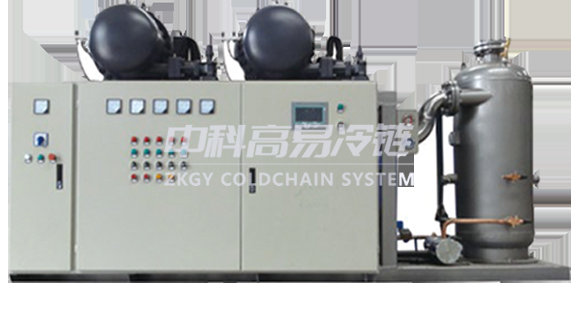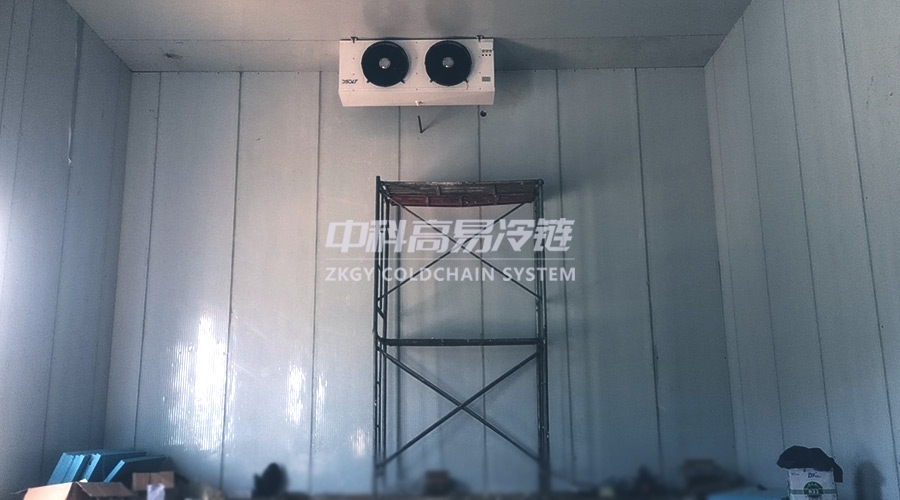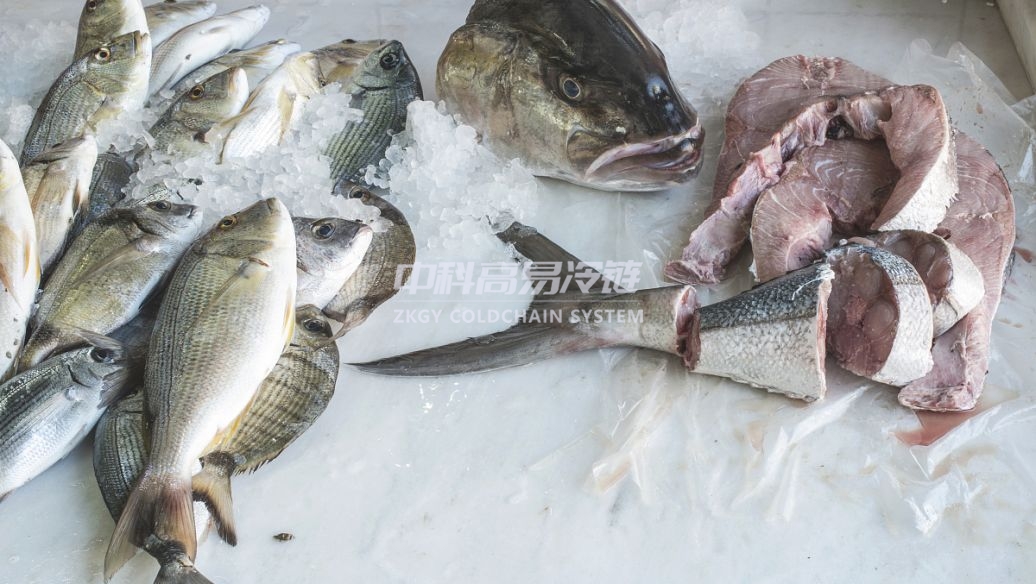冷库库房正确使用与保养
答:库房管理要设立专门小组,要特别注意防水、防潮、防热气、防跑冷、防逃氟,要严格把好冰、霜、水、门、灯五关。
1.穿堂和库房的墙、地坪、门、顶棚等部位有了冰、霜、水要及时清除。
2.库内冷风机要及时扫霜、融霜,以提高制冷效能,节约用电,冷风机水盘内不得积水。
3.未经冻结的热货不得进入冻结物冷藏间,以防止损坏冷库,保证商品质量。
4.要管好冷库门,商品进出要随手关门,库门损坏要及时维修,做到开启灵活,关闭严密,不逃冷。
库房管理:
1.为了保护地坪、防止冻臌冻坏,不得把商品直接铺在地坪上冻结,脱钩或脱盘不得在地坪上摔击,不准倒垛拆桩。
2.商品堆垛、吊轨悬挂,其重量不得超过设计负荷。
3. 没有地坪防冻措施的冷却物冷藏间,在使用中应防止地坪冻臌。
4.要定期对建筑物使用进行全面检查,发现问题要及时修复。库内电器线路要经常维护、防止漏 电,出库房要随手关灯。
商品保管与卫生
1. 冷库要加强商品保管和卫生工作,重视商品养护,严格执行《食品卫生法》,保证商品质量,减少干耗损失。要配备专职保质员(保管员)负责检查出入库商品质量,库内要做到符合食品卫生的要求。
2. 要严格掌握库内商品的储存保质期限,定期检查,先进先出,如发现商品异变,应及时发出质检单,会同货主迅速处理。
下列商品要经过挑选、整理或改换包装才能入库。下列商品不得入库:
1.变质腐败、有异味、不符合卫生的商品;
2.雨淋或水浸泡过的鲜蛋;
3.用盐腌或盐水浸泡(已经防腐处理的库房和专用库除外),没有严密包装的商品,流汁流水的商品;
4.易燃、易爆、有毒、有化学腐蚀作用的商品。
冷冻库的维护
一、冷冻库的除霉杀菌与消毒
冷库冷藏的烹饪原料和食品都有含有一定的脂肪、蛋白质和淀粉。这些营养成分的存在,会使霉菌和细菌大量繁殖生长。
为做好冷厍卫生管理工作,保证食品和烹饪原料的冷藏质量,就要定期地进行冷厍卫生消毒工作。
冷库的除霉杀霉与消毒,可先用酸类消毒剂。酸类消毒剂的杀菌作用,主要是凝固菌体中的蛋白。常有的消毒剂有乳酸、过氧已酸、漂白粉、福尔马林等。
二、冷冻库中排除异味的方法
1、冷库中产生异味的原因
所谓异味,即冷库中的烹饪原料及食物在外界因素的影响下,通过物理化学的变化,产生一种不正常的气味,天长日久,这种气味就粘附于冷库的墙壁、顶棚以及设备和工具上。冷库中产生异味,一般说来有以下几个方面的原因:
冷库在未进食品前就有一种异味存在。
入冷库前食品就有腐败变质现象,如变质的蛋、肉、鱼等。
存放过鱼的冷库,未经清洗即存放肉、蛋、或水果蔬菜等食品,致使气味感染而变质。
冷库通风不畅,温、湿度过大,致使霉菌大量繁殖,产生霉气味。
冷库制冷管道的泄漏,制冷剂(氨)侵蚀到食品中导致异味产生。
冷库中温度不下降,致使肉品变质腐坏产生腐败味。这种情况多发生在鲜肉未冻结、冻透即转库贮藏。
不同气味的食品存在一个冷库库房内,导致食品串味互相感染。
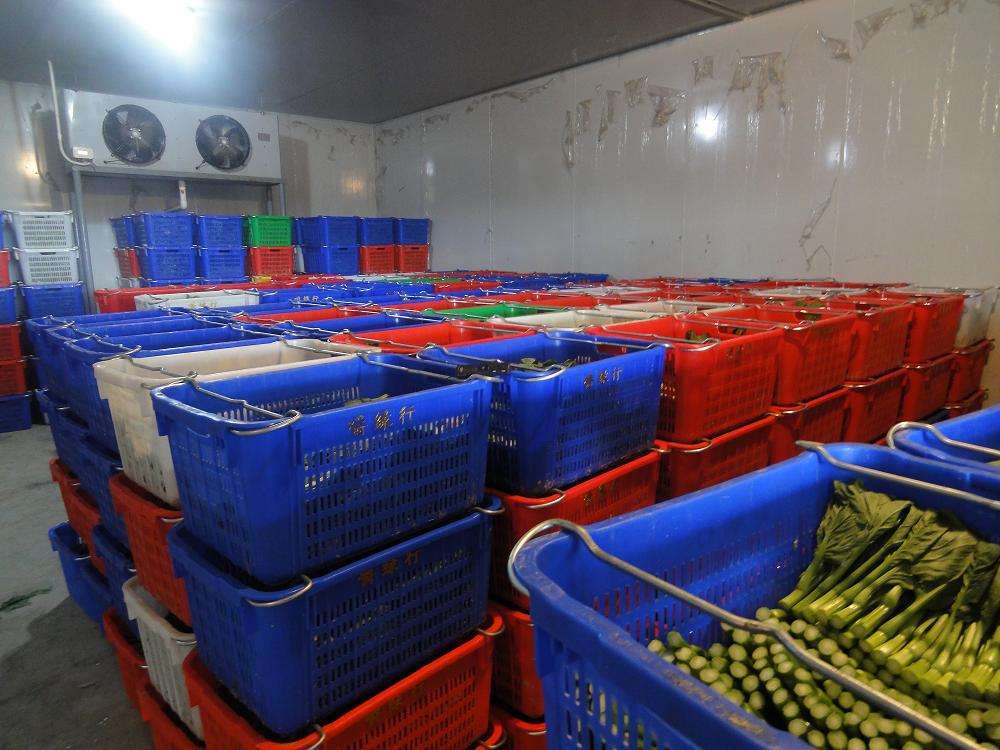
2、防止冷库异味产生的方法
入冷库冷藏的食品,必须经过检验,没有变质的方可入库存放。
冷库库房在进货前不得有异味存在。若有异味,必须经过技术处理,排除异味后方可使用。平常要加强冷藏设备的维护,严禁倒堆卸货,防止因此砸坏管路,造成制冷剂外泄。食品在冷加工过程中,必须使冷库库房保持一定的温度,不得将冻制食品进行转库或存放。若冷库库房温度降不下来,应查找原因,待排除后再行食品加工。
冷库内不得混合存放互相感染的食品。
3、冷库排除异味的方法
臭氧法。臭氧具有强烈的氧化作用,不但能消除冷库库房异味,还能制止微生物的生长。采用臭氧发生器,可实现对库房异味的排除。
若冷库内存放含脂肪较多的食品时,则不宜采用臭氧处理,以免脂肪氧化而产生酸败现象。
甲醛法。将冷库库房内的货物搬出,用2%的甲醛水溶液(即福尔马林溶液)进行消毒和排除异味。
食醋法。装过鱼的冷库库房,鱼腥味很重。不宜装其它食品,非得经彻底清洗排除鱼腥味后方可装入其它食品。一般清除鱼腥味的方法是采用食醋的方法。
具体方法为:鱼出冷库后,将蒸发管组上的冰霜层清除干净,并保持库房温度——50℃以下,然后按冷库库房每一立方米容积用食醋量50—100克配制,用喷雾器向库内喷射,先将库房门关闭严密,断断续续地开动鼓风机,让食醋挥发并在库内流动,使食醋大量吸收鱼腥味。一般约经4—24小时后打开冷库库门,连续鼓风数小时可将醋味吹出库外。
Cold Room Maintenance
Cold rooms are an essential component of many biomedical research
laboratories, and are used for temperature-sensitive storage and incubation. Cold
rooms often have high humidity conditions coupled with lower temperatures
(condensation). These rooms need regular maintenance to avoid the growth of
mold.
Mold spores are naturally occurring and are found outdoors and indoors. Mold
needs 3 conditions to grow: a moisture source, the right temperature range and
an appropriate food source. Look for signs of water damage (e.g. water stains,
peeling paint) and of high humidity (e.g. condensation on surfaces, rusty cans).
Mold often appears as small dark (brown or black) spots in the early stages but
some types of mold are white in color.
Procedure:
1. Maintain the relative humidity to < 50% if possible. Turn OFF any unnecessary
humidification. Consider installing a fan to increase air circulation in the
interior
2. Do not use volatile or flammable materials in the cold room as the air is
usually recirculated and not vented to the exterior. Fans in cold rooms are
generally not explosion proof.
3. Remove any unnecessary sources of water (e.g. containers of water that are
not used anymore). Clean up all spills promptly.
4. Report any leaks, water intrusion, etc.
5. Ensure that the door is shut tightly to prevent water condensation inside the
cold room.
6. Access to the cold room should be minimized in summer months (e.g.
planning work so as to reduce the number of in/out trips, nominating a single
person access where feasible, etc.).
7. For cold rooms that require more frequent access, consider installing a plastic
curtain near the door to reduce air mixing when the door is open.
8. Consider using a refrigerator for more frequently used items and restocking it
when needed.
9. Avoid storing paper, books, cardboard, textiles, or other porous materials
inside the cold room. Store files in plastic bins.
10.Avoid items from being in contact with the walls (e.g. leave a 1 inch gap).
Avoid storing items directly on the floor.
11.If paper (e.g. Kim Wipes) must be stored inside the cold room, place them in a
re-sealable plastic container.
12. Avoid using wooden furniture (e.g. shelves) in cold rooms. Use non-porous
materials with a smooth surface (e.g. metal shelves). Also consider the use of
wire shelving to promote air circulation. Plastic shelving units can be scrubbed
clean of mold with soap and water but some plastic shelving units have a
pitted design which make it difficult to scrub clean.
13. Routinely wipe down surfaces (e.g. walls, containers, shelving units,
equipment, bench tops, etc.) with soap and water to prevent mold growth. If
there is mold present, contact your property manager

